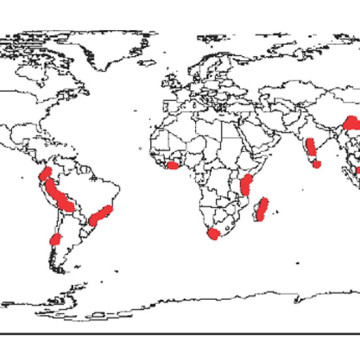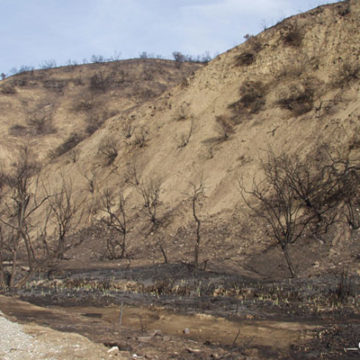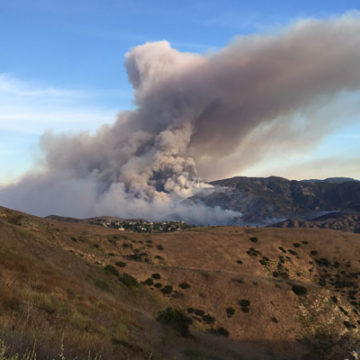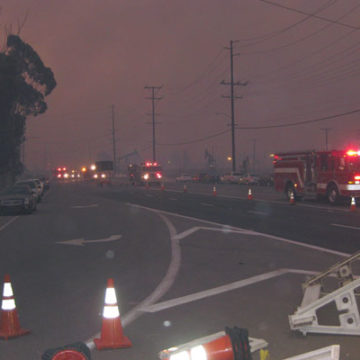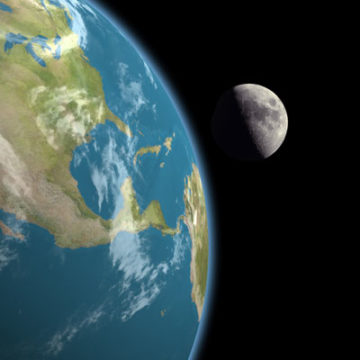Global Hot Spots of Biodiversity Map
Scientists have designated 20 worldwide “Hot Spots.” These are places rich in species diversity, yet are threatened by imminent development. The Puente-Chino Hills Wildlife Corridor is situated in one of these Hot Spots. This Hot Spot is an area second only to tropical rain forests in both diversity of species and threat. Download the Global Hot Spots of Biodiversity Map as a PDF.
